By Nicholas Varangis
When most people think of World War II battle sites, North America seldom comes to mind. But the recent find of a German U-boat 30 miles off Cape Hatteras on the Carolina coast serves as a reminder of the naval combat that took place just off the shores of the United States.
In 2014 the location of the U-576 wreck was discovered, but it remained merely a blip on a radar screen for two years. This past week was the first time anyone had set eyes on the ship since it went to the bottom in 1942.
Finding U-576
The search began in 2009 as part of a broader NOAA program to search for lost vessels and U-boats off the Carolina coast, which started in 2007. The program combined a number of government and academic institutions, including East Carolina University (ECU) and the Federal Bureau of Ocean Energy Management. Researchers at ECU narrowed down the location of the wreckage by recreating the fateful last battle of U-576 using a 3-D model, utilizing ships’ logs, after-action reports, historical weather data and detailed mappings of the sea floor.
This research could not be exact, because of the unreliability of the data collected in 1942, but it did provide the basis for NOAA’s search during the summer of 2011. NOAA searched for years with specialized sonar equipment before finding two long underwater objects in 2013 that matched the length of U-576 and a merchant ship sunk in its last engagement. A more in depth sonar analysis in summer 2014 gave a 3-D rendering of what was indeed a U-boat: U-576 was found.
Now, two years later, utilizing an Autonomous Underwater Vehicle (AUV) named Nomad equipped with real-time cameras, researchers have a real look at the vessel which lies 700 feet under.
The Battle of the Atlantic
U-576 would be just one casualty in the broader Battle of the Atlantic: Nazi Germany’s attempt at cutting off the Allied supply routes to Britain and the Soviet Union from the United States. The scale of the ‘battle’ is astounding. Estimated casualties for the Allies were 30,000 men and 3,000 ships, for the Axis 28,000 sailors and 783 U-boats.
Allied convoys could be well-defended. Convoy escort ships, aircraft, and freighters staffed with Naval Armed Guard made U-boat attacks risky, something U-576 would discover the hard way.
Last Combat Patrol of U-576
The commander of U-576, Kapitänleutnant Hans-Dieter Heinicke, had much to consider as he pondered whether to sail to a friendly port in France or find another victim for the Nazi naval campaign in the Atlantic.
After an earlier run-in with Allied aircraft, U-576 had sustained damage to its ballast tank. However, U-576 had also just discovered a large, 19-ship convoy heading to Florida from Hampton Roads, Virginia (the site of the famous duel between the CSS and the USS Monitor). U-576 was without a kill for its most recent patrol, and had a torpedo room full of ‘fish’. Would the captain turn his ship around, or chase after another prize?
The rash and young Heinicke, a 29 year-old son of a fallen cavalryman on World War I’s Eastern Front (also one of the oldest men of the crew), chose the latter. Perhaps for fear of the shame of returning empty-handed or for the reckless pursuit of glory, Captain Heinicke had made a terrible mistake.
With the convoy in his sights, Heinicke fired a 4-fish salvo. The torpedoes streamed toward the convoy, striking the Bluefields, Chilore, and J.A. Mowinckel once apiece, with only one miss. The Nicaraguan merchant ship Bluefields went down within minutes, though the crew managed to escape. Chilore and J.A. Mowinckel would both survive the engagement.
This was when Heinicke learned a valuable lesson in physics. William Sossorosi, one of the researchers who located the wreck sight in 2014, describes how “the combination of the damaged ballast tank and the sudden loss of weight from firing off four torpedoes brought U-576 to the ocean’s surface.”
Fully exposed, U-576 came under fire from the Unicoi, an armed merchant ship, and two Navy Kingfisher aircraft that were patrolling in support of the convoy. One depth charge even came into direct contact with the U-boat, striking the hull and rolling off before exploding. U-576 quickly sunk, 240 yards away from the Bluefields. However, unlike the Bluefields, U-576 went down with all hands.
A Forgotten Battle
U-576 is not the first U-boat to be found near the Carolina shore. Three other U-boat wrecks are known to be off Cape Hatteras: U-701, U-352, and U-85, all sunk between April and July, 1942. A total of 90 ships were suck in the region, at the cost of 1,600 men, 1,100 of them merchant sailors, from January to July, 1942. In spite of the high toll, the Battle of the Atlantic remains a largely forgotten chapter of World War II.
The recent underwater investigations of U-576 with bring to surface new details of the sinking of the submarine. It will also, hopefully, renew appreciation for the Battle of the Atlantic, the battle that saved the British war effort from starvation, and the closest that the East Coast came to the war on Continental Europe.
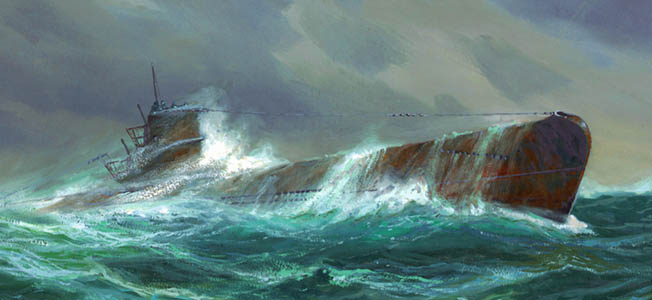
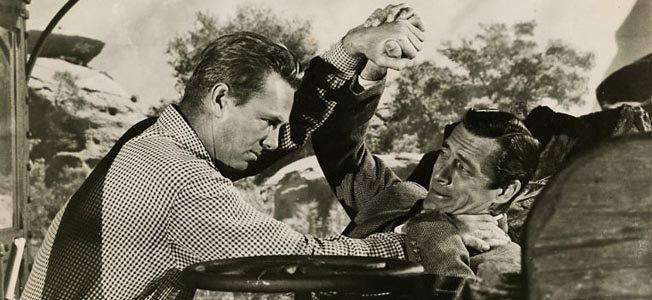
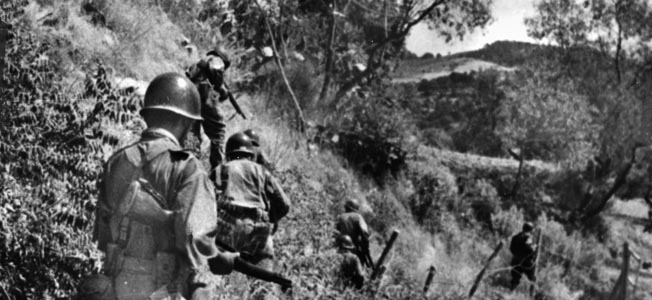
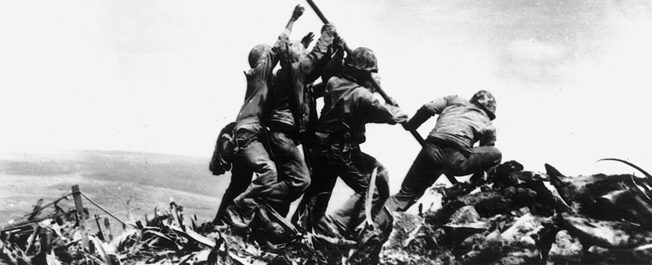
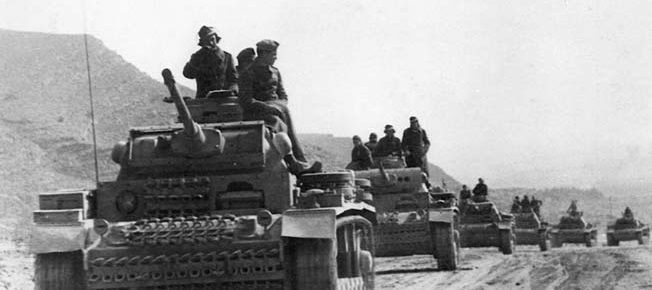
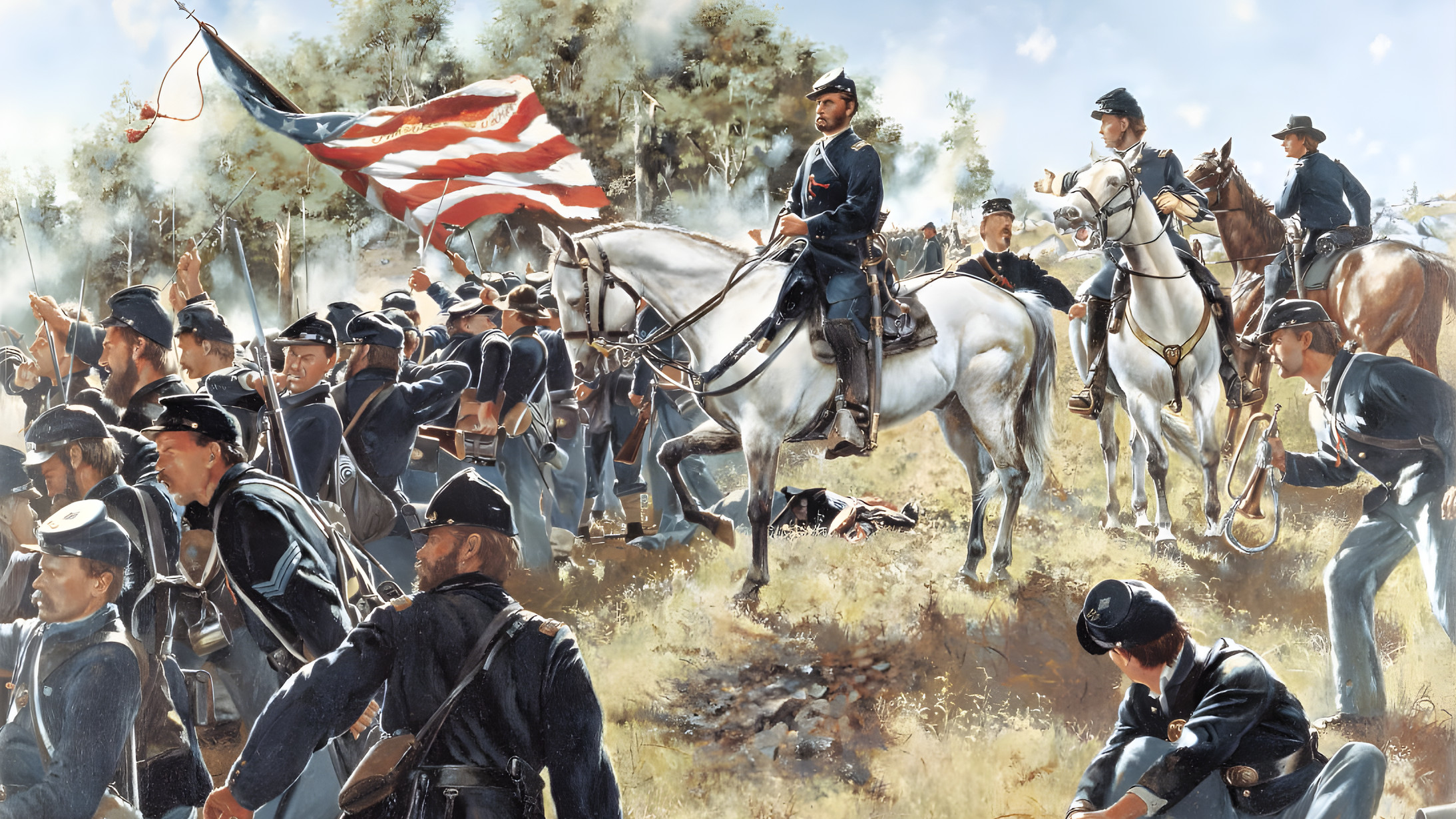
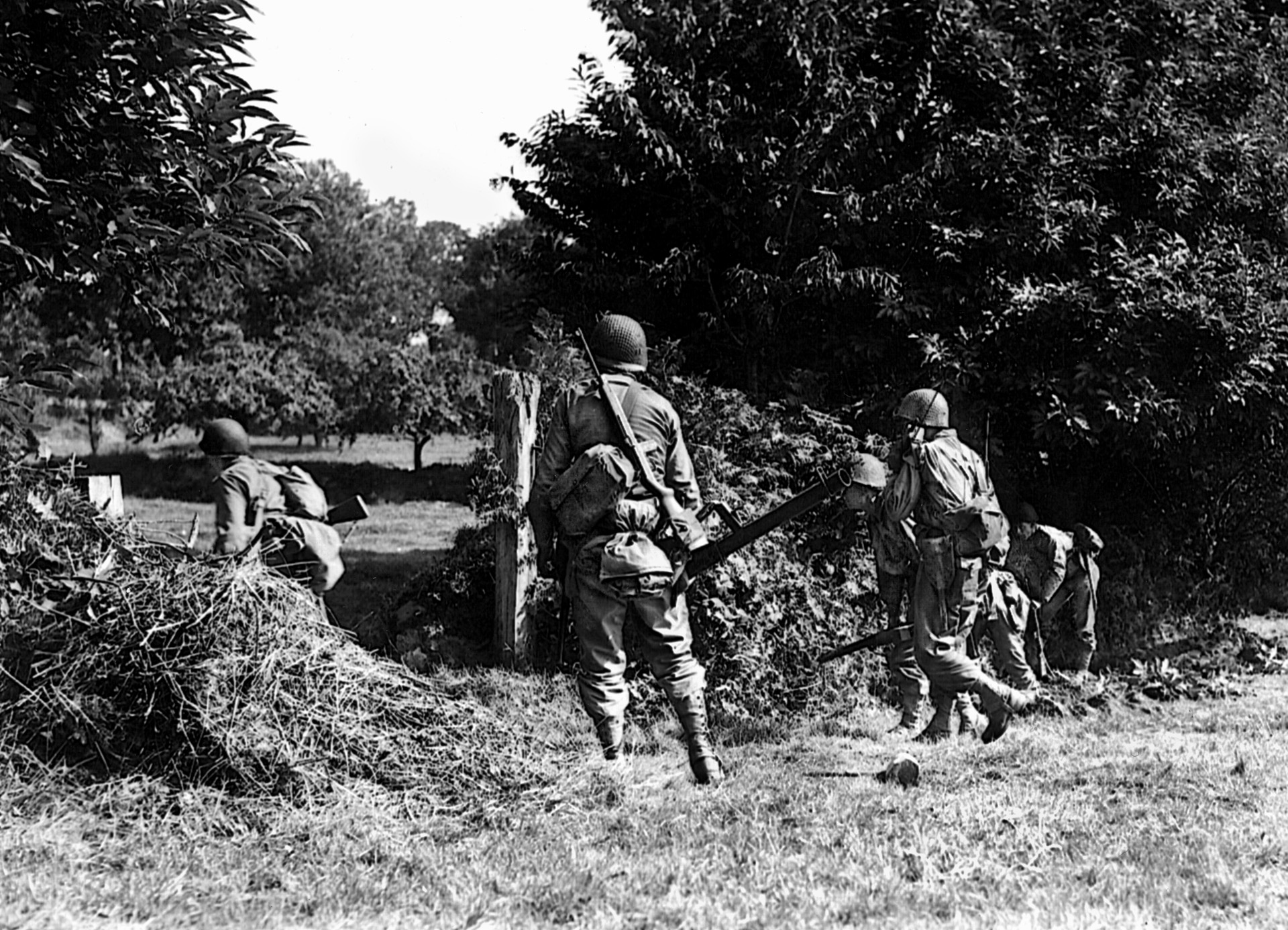

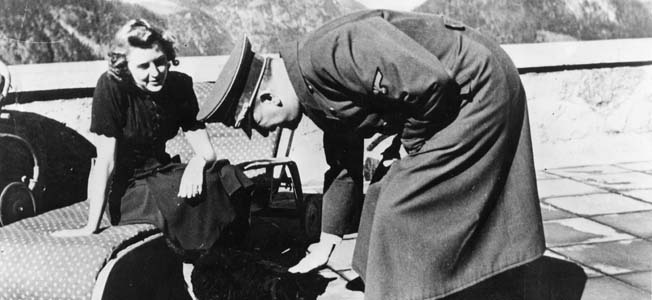
Join The Conversation
Comments
View All Comments